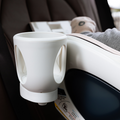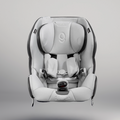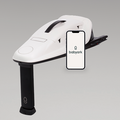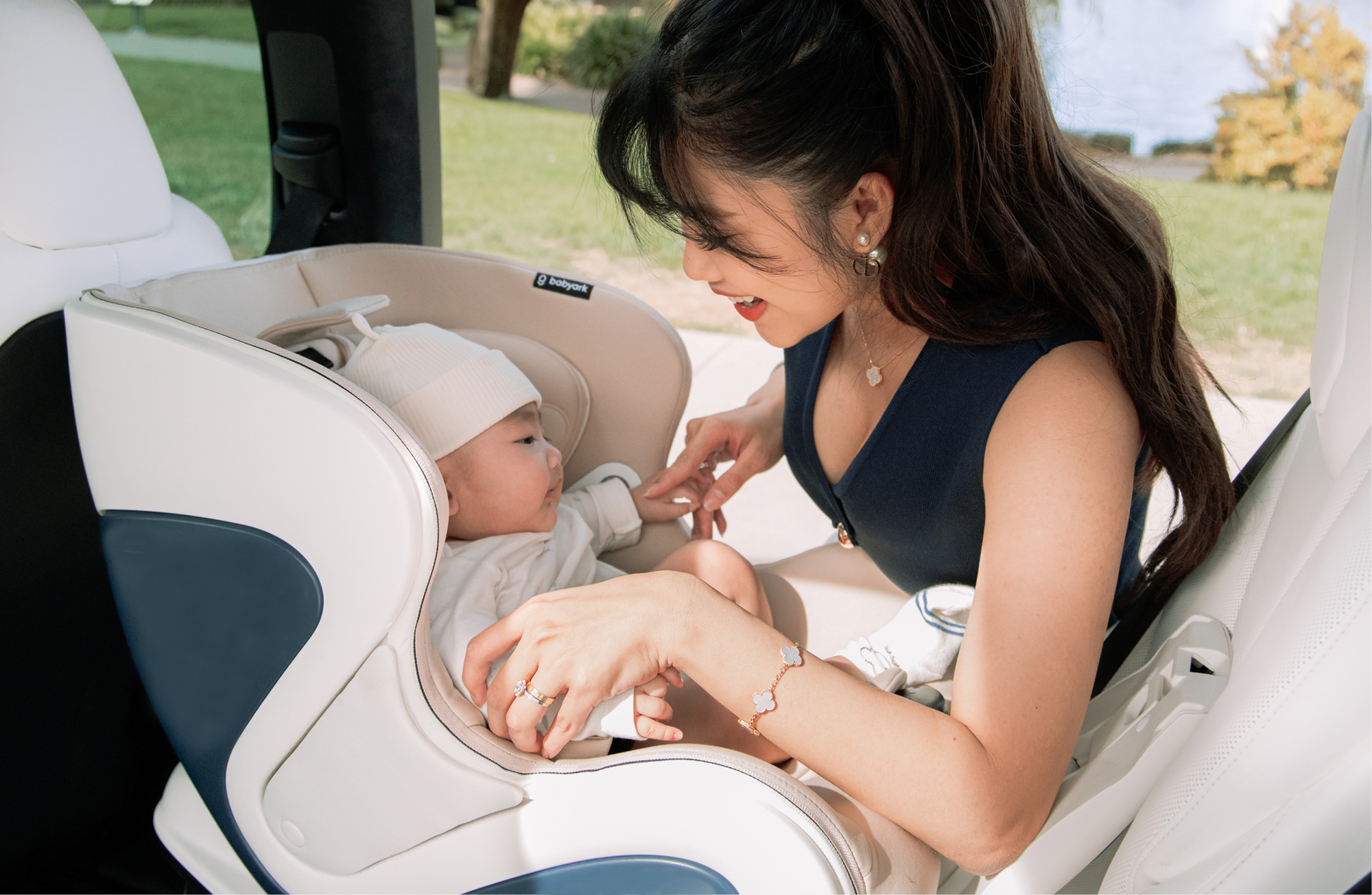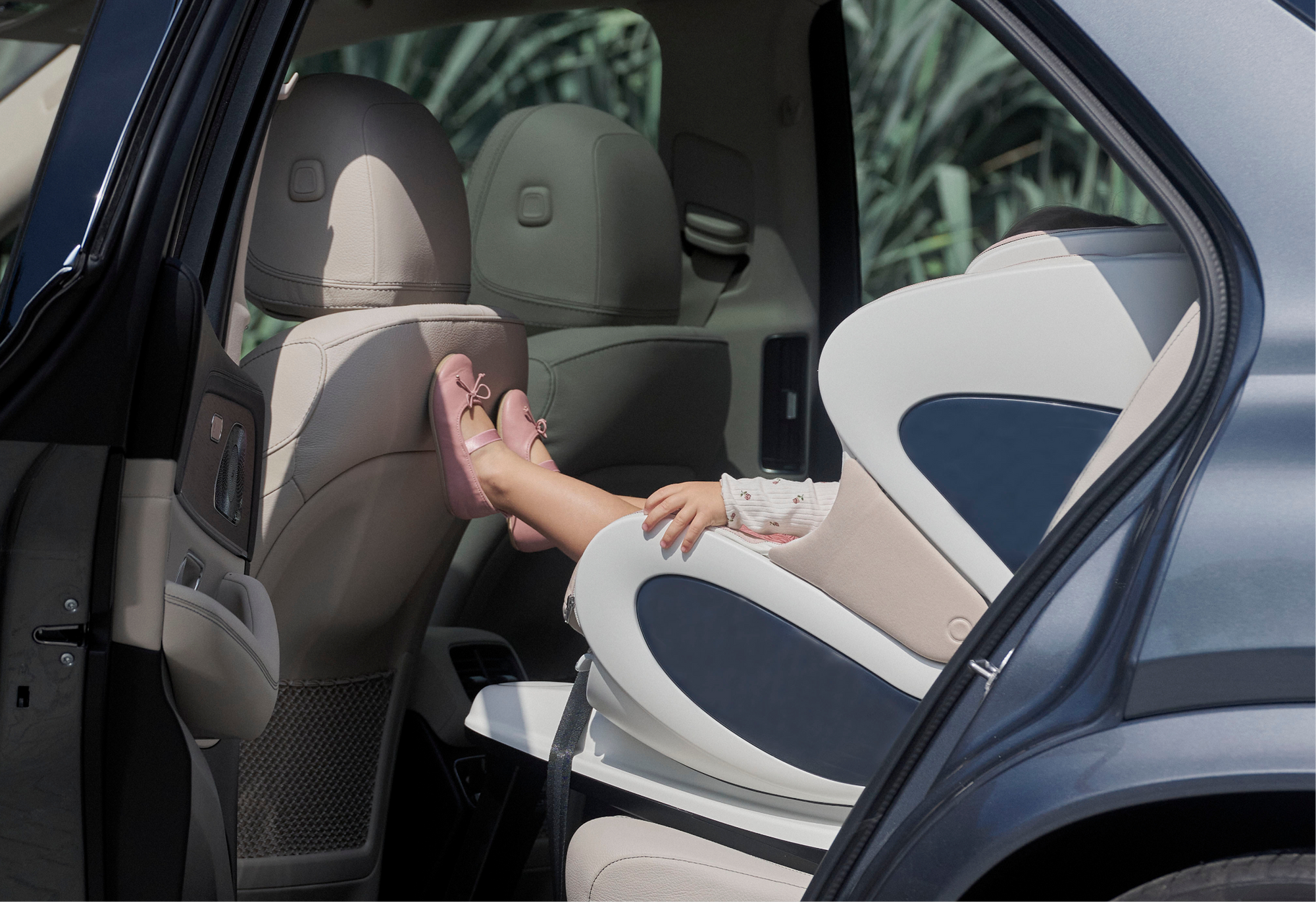It’s Child Safety Week (June 2–8), and our 360° approach to protection and family means our care and concern extend far beyond the car.
As a caregiver sometimes it feels like the whole world is a gymboree, and sometimes it feels like our mood is not the only thing a bit rough around the edges.
Child Safety Week - an Eye on Accident Avoidance
We can’t control every environment, but we can certainly child-proof and keep an eye out for possible accidents as much as possible with some planning ahead and consulting of the right resources. Because yes, it’s annoying to have to finagle a baby gate every time you want to go up the stairs or open 19 locks when you want to open a cupboard, but a trip to the ER is always gonna be just a bit worse.
No need to freak out or overdo it, let’s call it a friendly nudge to keep an eye on age-specific hazards, from baby-proofing sharp corners to locking medicine cabinets and doing our best to avoid toddler-test-flight furniture climbs. And remember, try and see the world from their eyes, which may mean getting on your hands and knees and having a look around for hazards from their vantage point that you might miss!
Here’s a quick beginner’s safety checklist to bookmark.
🔹 Tumbles, Falls & Home Injury
- Soft Edge Guards: Edge protectors on coffee tables, counters, and anywhere pointy or sharp. There’ll be time for high fashion when the kids are a bit older, perhaps, but when they’re small we make those small sacrifices in aesthetic to make our lives, and theirs, a bit more baby-proofed.
- Carpets, Rugs, and Slippery Slidies: Soft can also trip us up! When babies start crawling or walking, it’s often good to remove what can end up being an obstacle. An upturned edge of a carpet is just enough to snag an errant footstep!
- Anchors: Secure bookcases, dressers, and TVs to studs.
- Stairs & Balconies: Install gates at top and bottom of staircases; check latches weekly. Make sure kiddos cannot open the gates and adults can properly open and shut them!
- Cords and Electricity: Keep window blind cords wound up high or use cleats. Organize cables and keep them out of the way of crawlers and explorers. Cover up electrical outlets and keep electronic equipment out of the way when not in use.
🔹 Choking & Poisoning
- Tiny Objects: Store buttons and coins in high drawers. If you have older kids (or are one yourself), make sure big-kid toys with small pieces get put away after each play session. Yes, that includes your grown-up Lego kits or map-of-the-world puzzle.
- Houseplants & Pesticides: Know which greenery is toxic, and remove it.
- Medications: Use childproof caps and keep meds in a locked cabinet, with labels kept on. This applies to meds you give your kids, as well. Throw away anything expired.
- Cleaning Supplies and Potentially Toxic Materials: Keep cleaning supplies locked away somewhere kiddos can’t reach or explore. This category can also include substances you may not think of as harmful, like nail polish and remover, sunscreen, and ointments.
- Button Batteries: Treat these like poisons—double-secure the compartment. Of course a smart move would be to keep all batteries safely locked away, while you’re at it. And ensure devices with batteries are locked/closed and cannot be easily opened by curious, prying fingers.
🔹 Burns, Scalds & Fire Safety
- Bath Water: Thermostat <120°F; test with your wrist, not your finger.
- Cooks’ Zone: Back burners only; pot handles turned inward. It may seem obvious but let’s say it anyway - baby carriers are amazing for freeing up our hands, but don’t cook (or do anything else that could be dangerous!) while wearing your baby. Hot food is hot, and so is fire. Yes, we said it anyway.
- Hot Beverage Rule: Keep mugs at least an arm’s length away from edges. And as much as we all juggle both literally and figuratively, keep your drinks and your darlings separate - baby burns are one of the most frequent causes of ER visits with young kids.
- Smoke Detectors: Test every month; swap batteries twice a year.
🔹 Water & Drowning Prevention
- Bath-time Vigilance: Never ever leave a child, even for a “quick” moment. And though we’re all prone to multi-tasking, this is one time to ensure all eyes are on your little prize - full attention, please, lifeguard!
- Pool Barriers: Install self-closing, self-latching gates at all exits and make sure they stay closed at all times. And of course, no pooltime without adult supervision.
- Life Jackets: Life jackets are mandatory for boating, docks, or beach visits—every age. And remember, plan on being close by at all times with all eyes on your child.
*Now seems like as good a time as any to recommend looking into swimming lessons for your kids if you live in an area with pools, lakes, beaches, and the like. Confidence in the water can be built from a young age, but of course does not replace the need for supervision!
🔹 Safe Sleep & Nursery Setup
- Back to Sleep: Always place babies on their backs in a firm crib.
- No Extras: Remove pillows, blankets, bumpers, and stuffed toys.
- Monitor Placement: Keep the baby monitor out of reach if it has cords.
- Room Temperature: Aim for 68–72°F to reduce SIDS risk.
🔹 Outdoor & Backyard Hazards
- Fencing: Check for gaps under gates; repair any splinters or nails.
- Pool Covers: Must support an adult’s weight—never rely on them alone.
- Play Equipment: Inspect swings and slides for rust or loose bolts.
- Garden Chemicals: Store fertilizers, herbicides, and tools locked away.
🔹 Car & Out-of-Home Safety
- Car-Seat Check-In: Harness snug, recline correct; no bulky layers underneath.
- Snack Time: In the car, it’s better to avoid snacking altogether. If your child must snack, stick to something soft that is not a choking hazard and not a projectile danger. Some favor soft “pouches” for these reasons. Avoid hard, round foods, and break into small pieces.
- Active Wheels: Helmets and pads for bikes, scooters, skates—every ride.
In the following short clip from a session our CPST Advocate Britney did, she explains the recommendation to not attach toys to the car seat or child.
Prepa-rationale
We know how exhausting full-on “parenting” can be, but with a bit of preparation and by putting the word “super” in supervision, you can help prevent some common accidents.
A few minutes now on these quick checks can save hours of worry later. And this is the tip of the iceberg (check out this CAPT resource for some more pointers on accident-proofing), so let us know in the comments what your safety tips and hacks are!
And remember, when it comes to travel safety, babyark’s convertible car seats bring 360° protection every mile of the way to help level-up your baby’s car seat safety.
